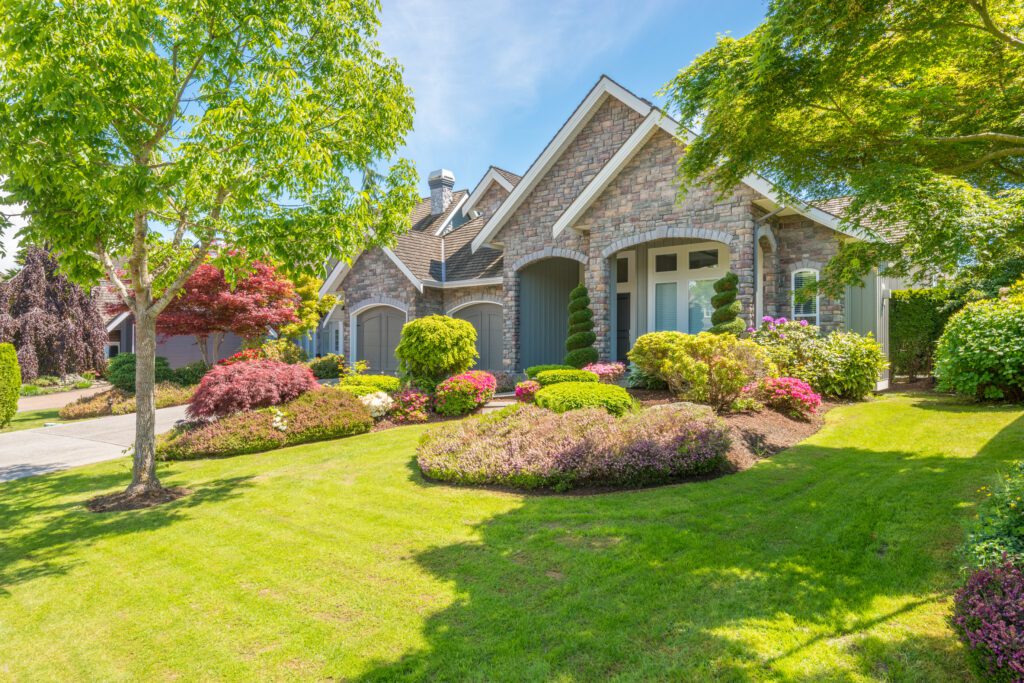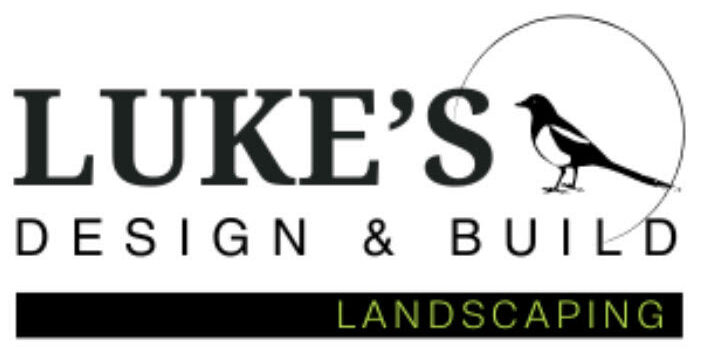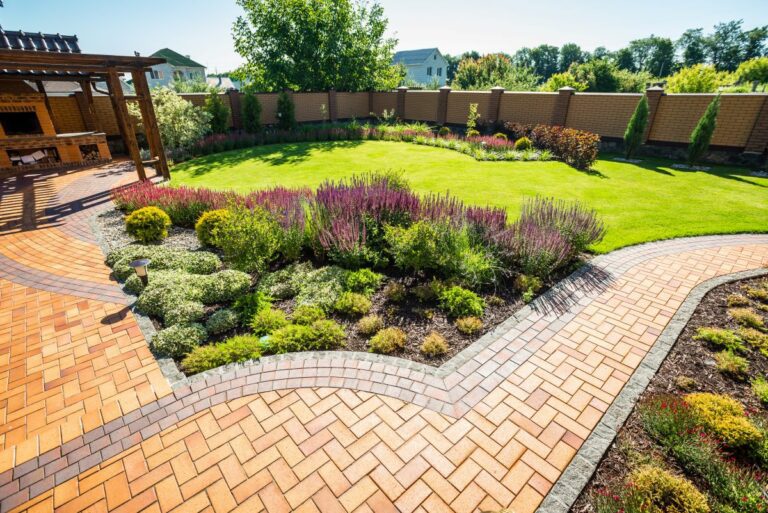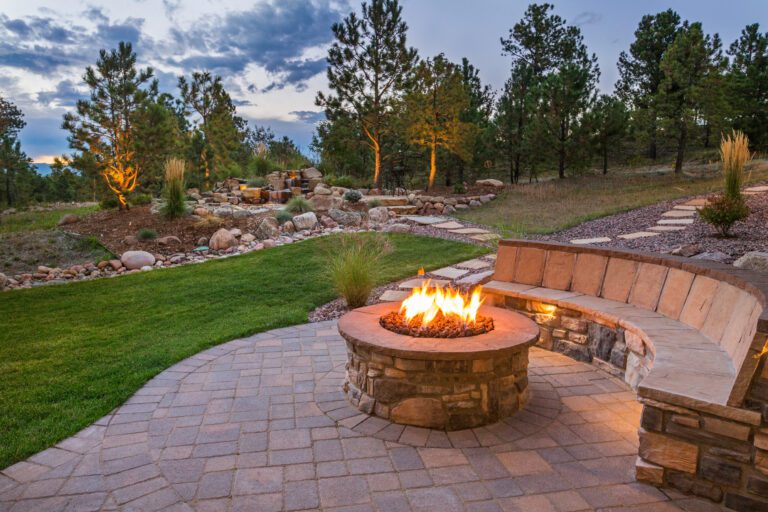Calgary Landscaping | What Is Softscaping?

What Is Softscaping In Calgary Landscaping and Landscape design?
Softscaping is a term used in landscaping to refer to the horticultural and living elements of a landscape design. It involves the use of living, organic materials to enhance the aesthetic and functional aspects of an outdoor space. Softscaping elements primarily include plants, trees, shrubs, flowers, grass, and other natural elements that can be planted or cultivated within a landscape. Here are some key aspects of softscaping:
- Plants and Trees: Softscaping involves the selection, placement, and maintenance of various types of plants and trees within a landscape. This includes choosing appropriate species for the climate and soil conditions, arranging them in aesthetically pleasing patterns, and ensuring their ongoing care.
- Shrubs and Groundcovers: Softscape design often includes the use of shrubs and groundcovers to provide texture, depth, and contrast to the landscape. Shrubs can be used for privacy screens, hedges, or to define garden spaces, while groundcovers help with weed control and erosion control.
- Flowers and Perennials: The incorporation of colorful flowers and perennial plants adds beauty and seasonal interest to the landscape. These elements can be strategically placed to create focal points or add bursts of color throughout the year.
- Lawns and Grass: Softscaping also includes the installation and maintenance of lawns and grassy areas. This involves activities like seeding, sodding, mowing, fertilizing, and irrigation to ensure a healthy and attractive lawn.
- Mulch and Soil: Proper soil preparation and the use of mulch are crucial components of softscape design. Mulch helps retain moisture, regulate soil temperature, and suppress weeds. Soil amendments may be required to improve fertility and drainage.
- Irrigation and Watering: Softscaping involves the planning and installation of irrigation systems to ensure that plants receive the appropriate amount of water. This includes drip irrigation, sprinkler systems, or soaker hoses.
- Plant Maintenance: Ongoing maintenance tasks such as pruning, trimming, weeding, fertilizing, and pest control are essential to keep softscape elements healthy and thriving.
- Environmental Considerations: Softscape design should take into account the local environment and ecology, considering factors like native plant species, water conservation, and wildlife habitat.
- Aesthetic Balance: Softscaping aims to create a harmonious and balanced outdoor environment by carefully selecting and arranging plants to achieve the desired visual appeal.
Softscaping is often complemented by “hardscaping,” which includes non-living elements like pathways, patios, retaining walls, outdoor structures, and decorative features. Together, softscaping and hardscaping work together to create a well-rounded and functional landscape design that meets both aesthetic and practical objectives. The combination of these elements can transform outdoor spaces into beautiful and functional areas for relaxation, recreation, and enjoyment.
At Luke’s Design & Build Landscaping we can assist with everything from design options, planning and budgeting, to implementation of your landscaping needs. Reach out to us to get started. We’re here to help.



